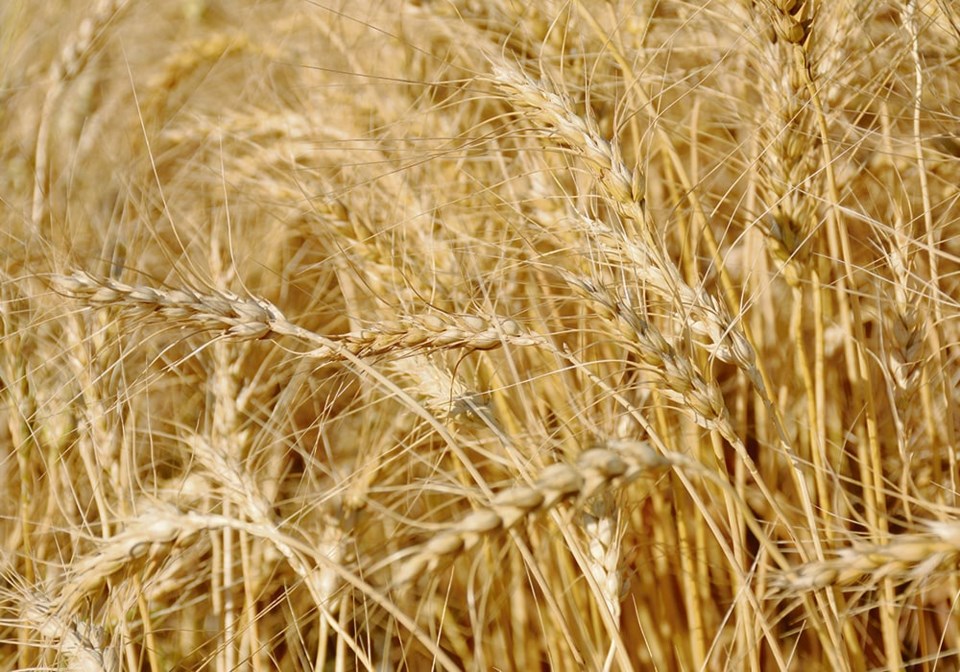SASKATOON — Most of the talk about Canada’s new Clean Fuel Regulations has been about the opportunity it represents for canola, but there is another crop that could benefit.
“There is potential for there to be a bump in demand for wheat driven by these regulatory policies,” said Shannon Sereda, director of government relations, policy and markets with Alberta Grains.
“As much attention as canola gets, there’s definitely opportunities within the wheat ethanol market.”
Alberta Grains commissioned a study that determined the CFR could result in 5.3 billion litres of ethanol production by 2030, up from 2.8 billion litres in 2018.
Approximately 13 percent of Canada’s ethanol production is wheat-based, while the remainder is corn.
If that proportion stays intact, there could be a market for 700 million litres of wheat ethanol by 2030.
That would require about 2.1 million tonnes of wheat feedstock, according to a Government of Canada website.
Sereda said the study determined that this expanding domestic market for wheat will result in a price “bump” for the crop.
Ethanol plants like using Canada Western Red Spring wheat, but they also can use other classes such as Canada Prairie Spring Red.
Sereda said there is already at least one new wheat ethanol plant in the works. Green Impact Partners is building Future Energy Park in Calgary, a renewable natural gas and ethanol plant that is expected to be operational by 2026.
But others in the wheat industry see the biofuel sector as a major threat to the crop.
Chandler Goule, chief executive officer of the U.S. National Association of Wheat Growers, “sounded the alarm” about that threat during a recent Agri-Pulse Open Mic interview.
“I’m worried that we are going to slowly push the wheat industry out of the United States, very similar to what happened to the oat industry,” he said.
Goule is particularly concerned about government programs for the rapidly emerging sustainable aviation fuel sector that encourage the planting of competing crops.
He believes camelina will start displacing wheat west of the Mississippi River and canola will displace it east of the river.
He noted that wheat lost a lot of ground to corn and soybeans when the U.S. introduced its Renewable Fuel Standard (RFS) program in 2005.
That program increased corn and soybean prices more than it did for wheat.
The number of wheat growers in the U.S. plummeted to 97,000 in 2022 from 170,000 in 2002.
Goule said there are other reasons for that drop, including wheat’s inability to access the same breeding innovations as corn and soybeans and 72-day corn creeping north into northern Minnesota, North Dakota and Montana.
NAWG supports the emerging renewable diesel and sustainable aviation fuel sectors, but it worries what impact they will have on wheat acres.
“The unintended consequences of what this will do to the wheat industry are being overlooked by the administration and by the (food) companies and (sustainability) programs that are being put out,” he said.
A prime example is the $25 per acre cover crop program. Winter wheat was disqualified from participating in the program because the crop is harvested rather than terminated.
“The wheat industry is being left out and left behind,” said Goule.
“We’re the main food crop in the United States and we’re just being ignored.”
Sereda doesn’t think Canada’s wheat growers are feeling the same pressure as their U.S. counterparts, primarily because the expansion of corn and soybean acres is restricted by Western Canada’s climate.
Wheat is still able to compete and to participate in Canada’s CFR.
And that is why wheat farmers may be asked some new questions when they deliver grain to the elevator this fall.
If they want to participate in the CFR program, they will have to provide a single GPS co-ordinate representative of the harvested area of the crop.
They will also be required to attest that the crop was grown in Canada and acknowledge that the attestation may be subject to third-party verification and agree to retain a copy of the declaration for 10 years.
Sereda said the program is voluntary, but farmers who choose not to participate could be limiting their marketing opportunities, so they should talk to their elevator agent.
Contact [email protected]



